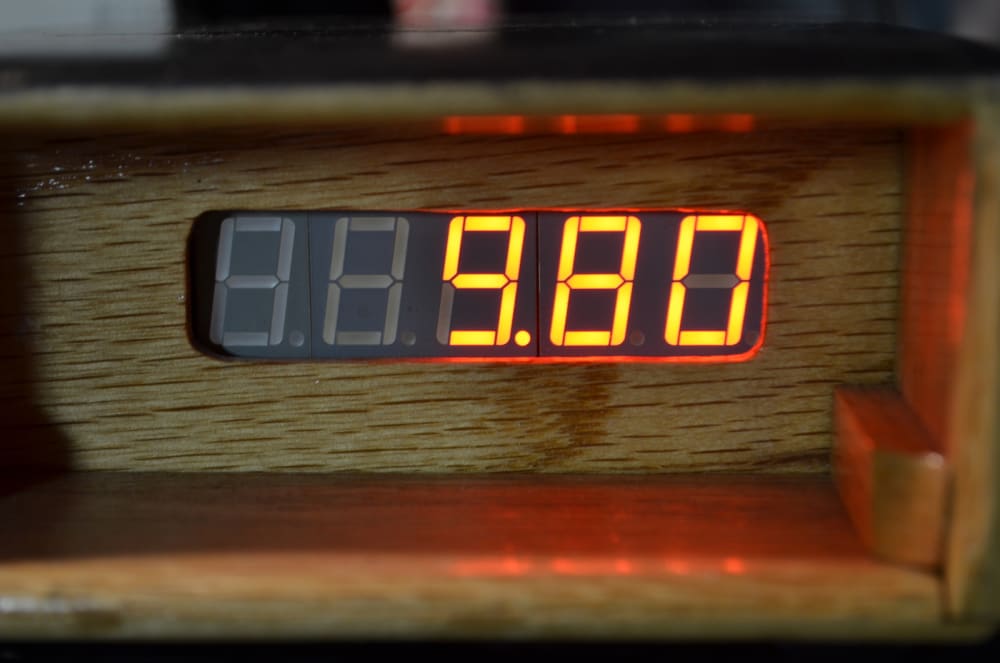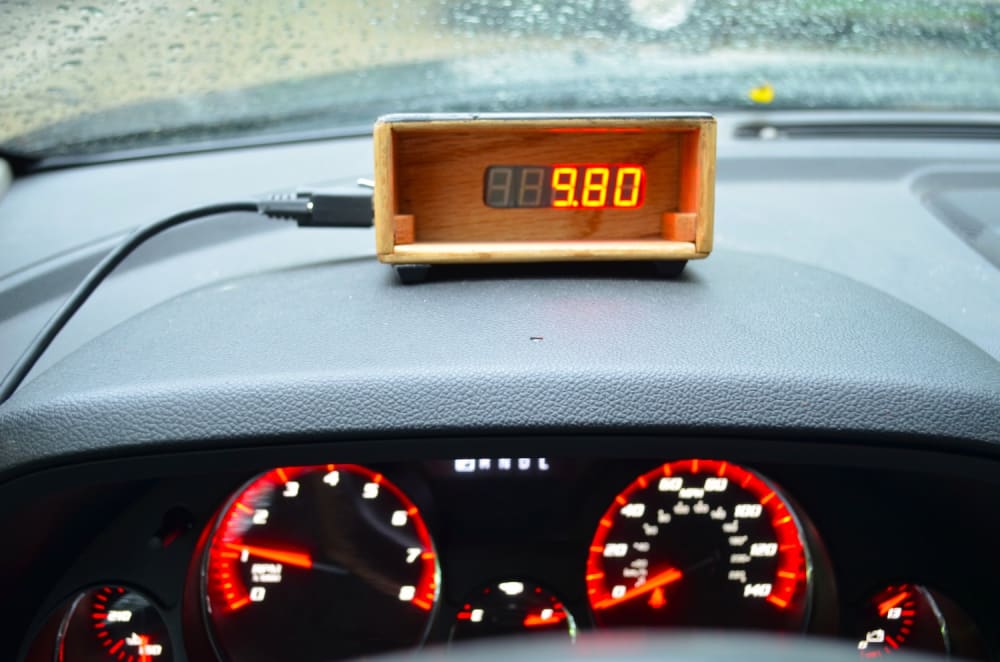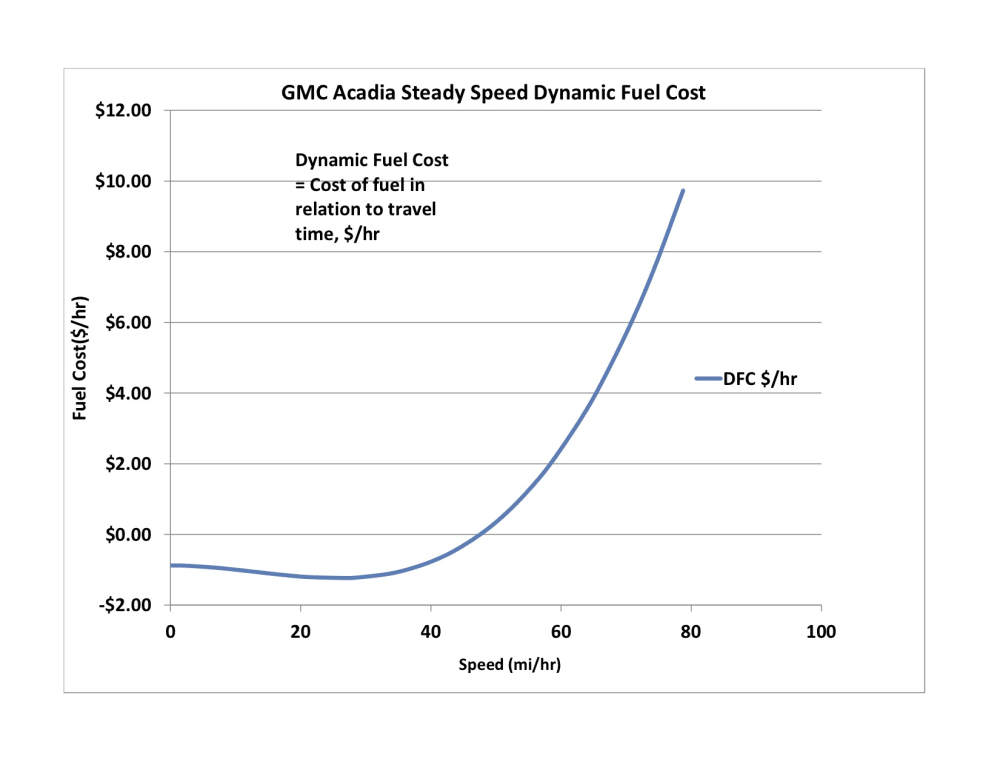Introducing VALUEGAUGE, the first information display to enable motor vehicle drivers to truly save fuel and emissions and time, and avoid waste. ValueGauge consists of a microcomputer and electronic display in view of the vehicle operator, and connects to the vehicle Engine Control Module (ECM) to obtain vehicle speed and fuel use data. ValueGauge has revealed that the traditional advice for saving fuel is only partially correct, sometimes just plain wrong, and fails to address the true ways of saving fuel and emissions and avoiding waste. Using the information provided by ValueGauge, we estimate that many drivers may achieve a 10% fuel and emissions savings, and obtain maximum Value for their Time and fuel Dollar. VALUEGAUGE works on all cars, light trucks, and heavy trucks built since 1996. We anticipate a one year payback for VALUEGAUGE, making it a worthwhile investment in time and Dollars.
The traditional measure of vehicle fuel efficiency (output/input) n the US is miles per gallon (MPG); every automobile and light truck sold in the US for the last 40+ years has a window sticker displaying the results of standardized tests of “Urban” and “Highway” driving. Legislation, market forces, and technology have resulted in significant improvements in vehicle fuel efficiency over the last 40 years or so, and the trend is expected to continue. Yet many drivers have failed to achieve the posted results. Over the years the EPA has “fudged” the test results and changed test procedures to bring results closer to actual mileage achieved by drivers.
Since drivers typically must purchase fuel every few days, the cost of fuel is in the front of their minds; yet, fuel is just one component of the cost of transportation. There are many sources of information on fuel economy and advice to drivers on ways to save fuel, such as the USEPA’s website www.fueleconomy.com. Most such advice is very generalized, such as “drive slower”, “accelerate moderately, “keep tires inflated properly”, “take the junk out of the trunk”, etc. Lacking specifics, how does a driver accelerate, drive at what steady speed, and decelerate (brake or coast?), in ways that are both fuel efficient and worth doing, and by what measures? Until ValueGauge, there were no useful answers.
The most accurate way to measure fuel efficiency for most motorists is to calculate mileage based on fuel fillups, based on distance traveled and fuel pumped. Such numbers are accurate, but do not tell much of the story. The Patent Office has many ideas of ways to obtain a “live” measure of fuel economy, some might actually work. The simplest and most commonly applied might be the manifold vacuum gauge. Advanced electronics brought digital fuel control to vehicle engines and powertrains, driven by both emissions and mileage regulations and market forces. Both instant and average MPG numbers became available to drivers. Still, such measures don’t tell the whole story; what is the meaning of a measure that can go anywhere from 1 to 99 mpg?
Like this entry?
-
About the Entrant
- Name:David B Smith
- Type of entry:individual
- Patent status:patented








